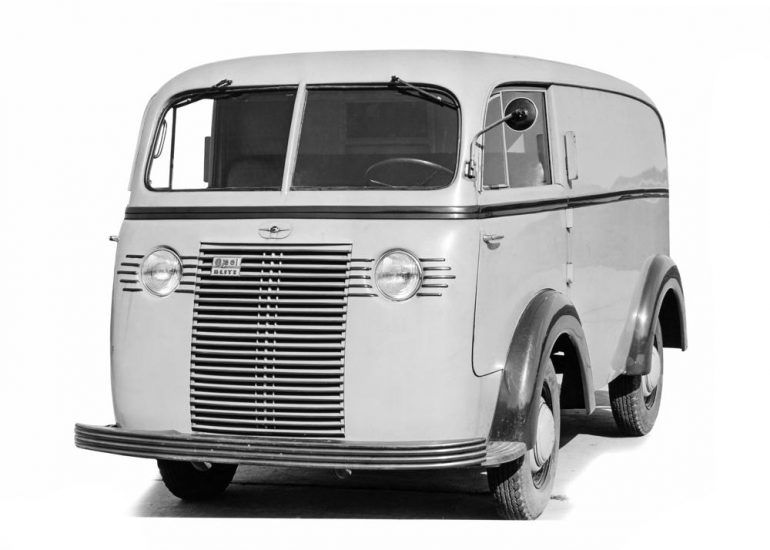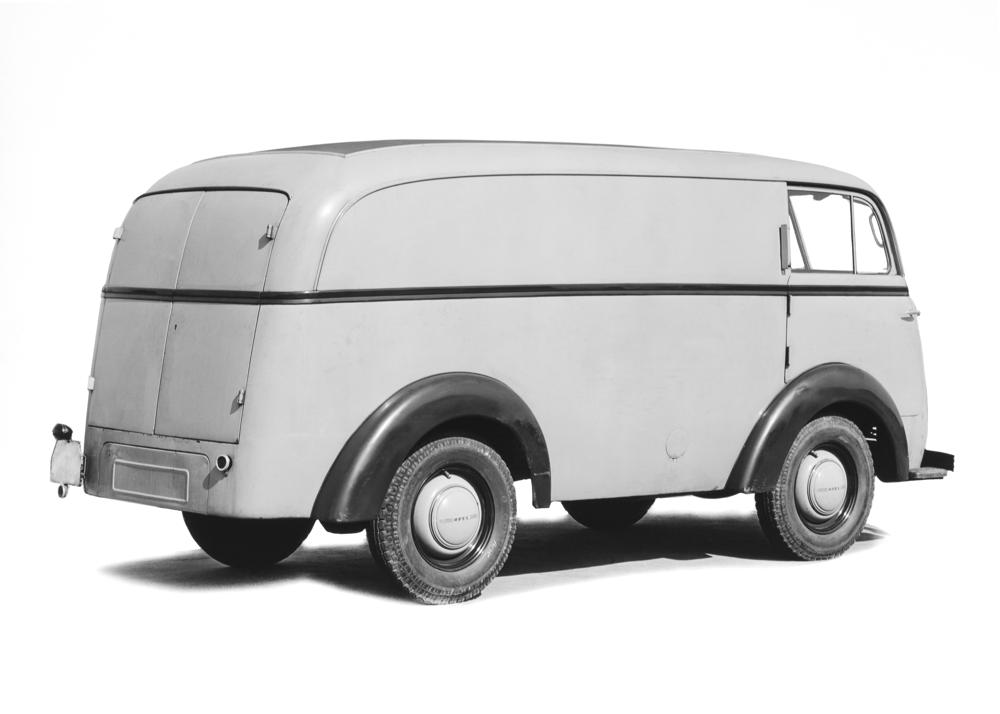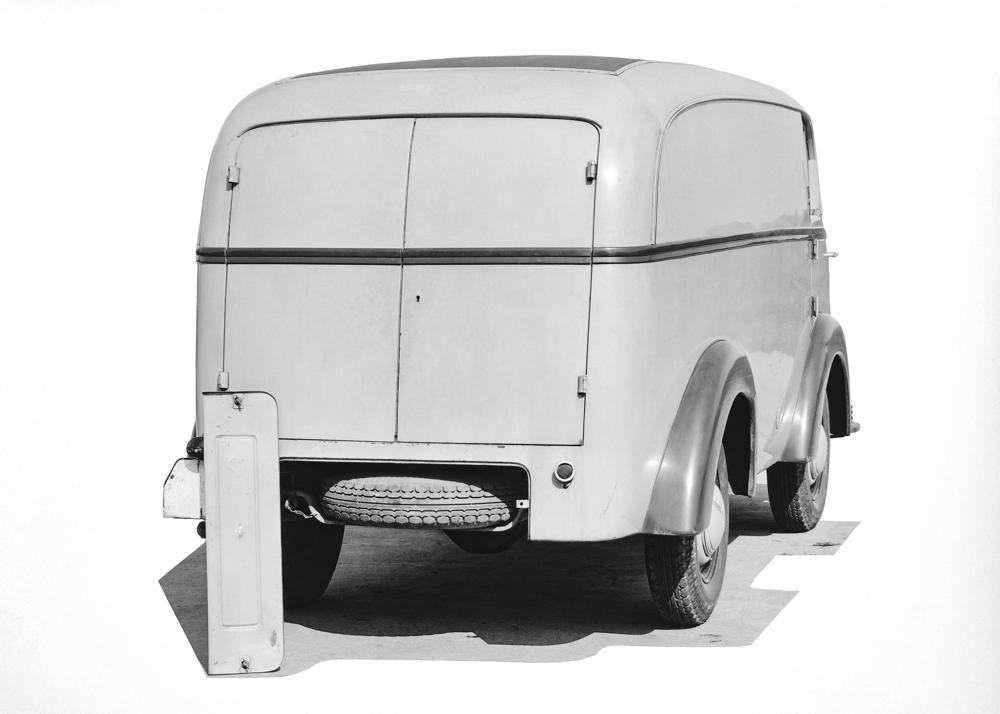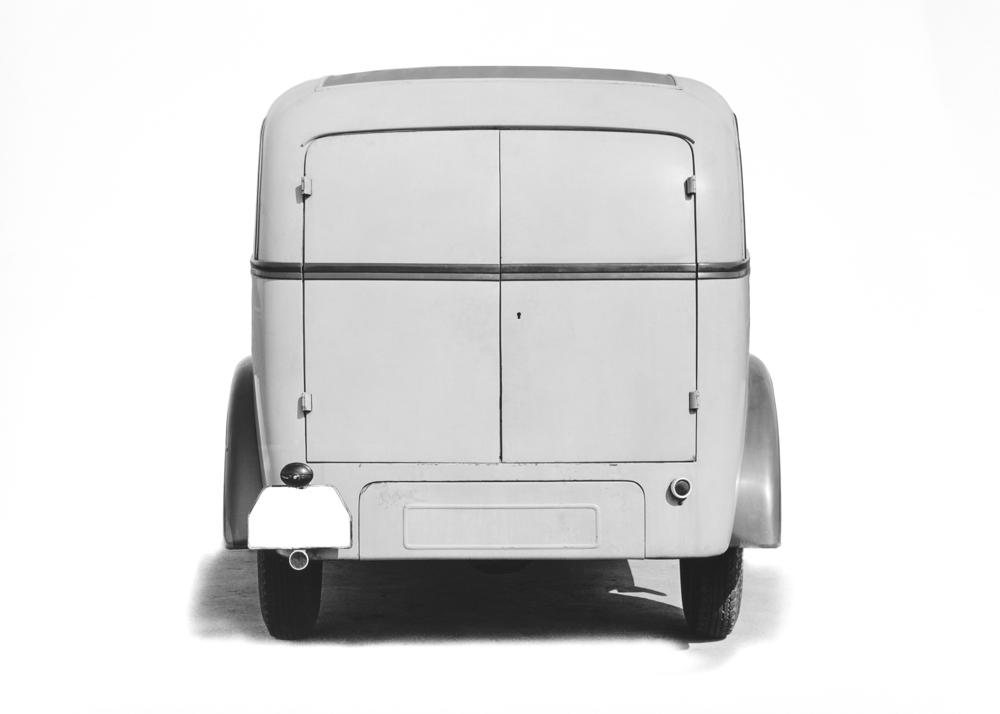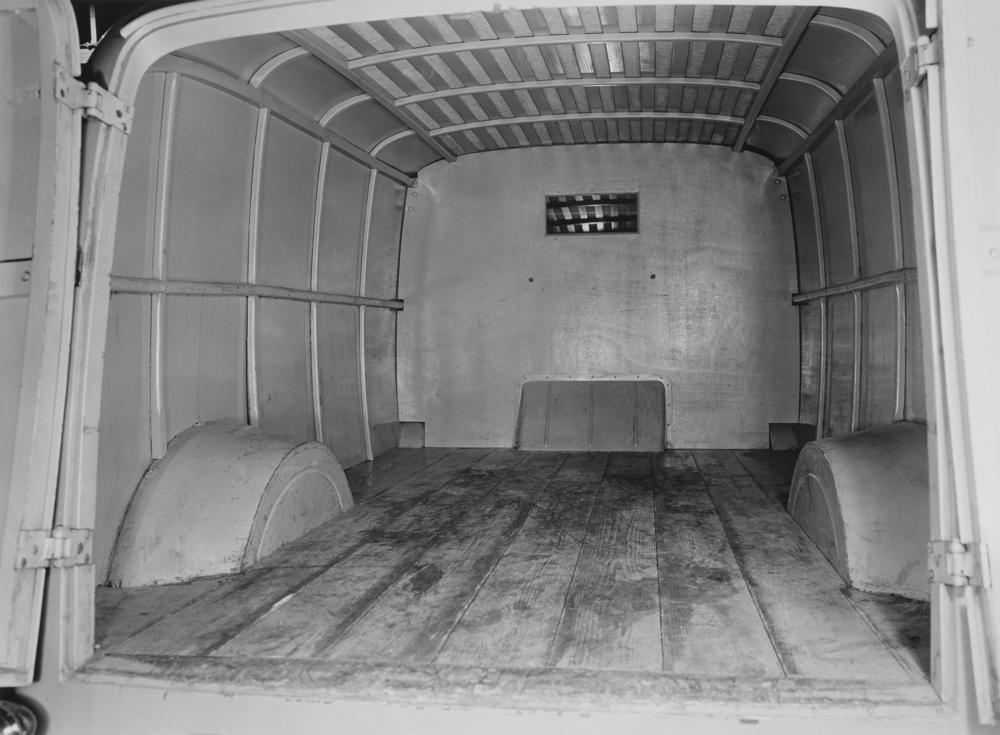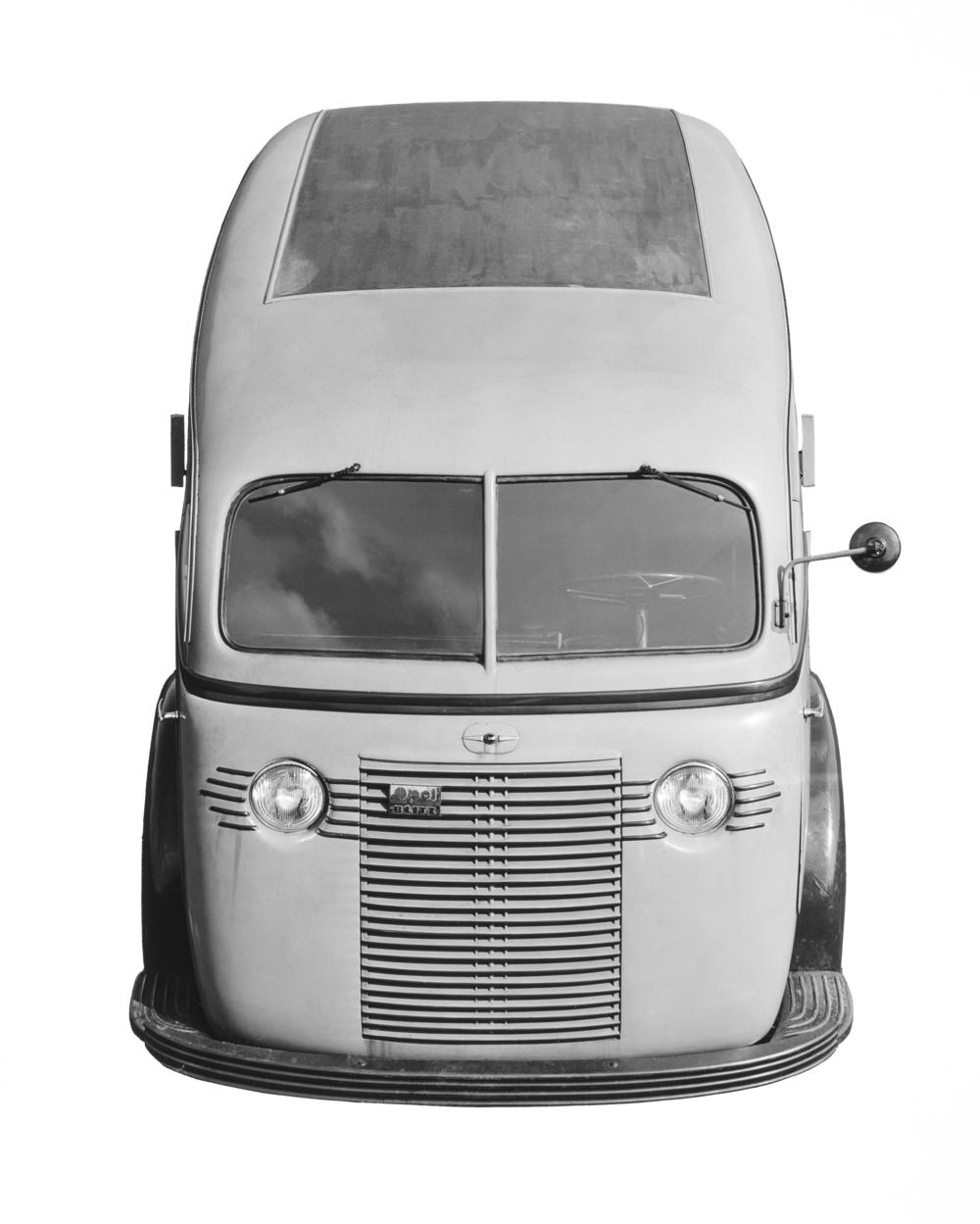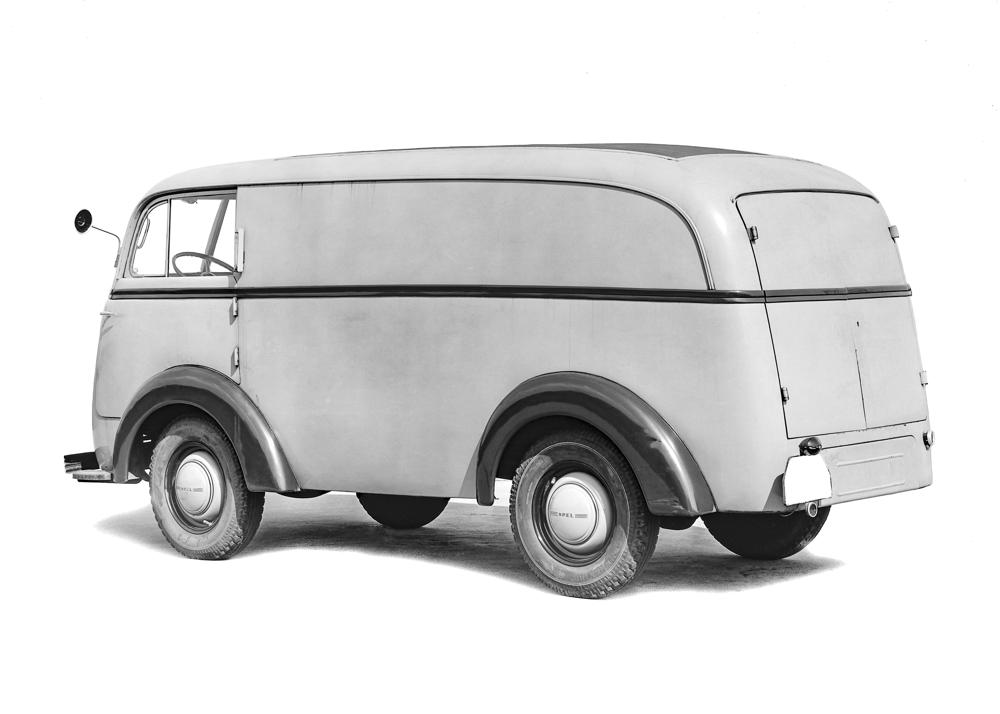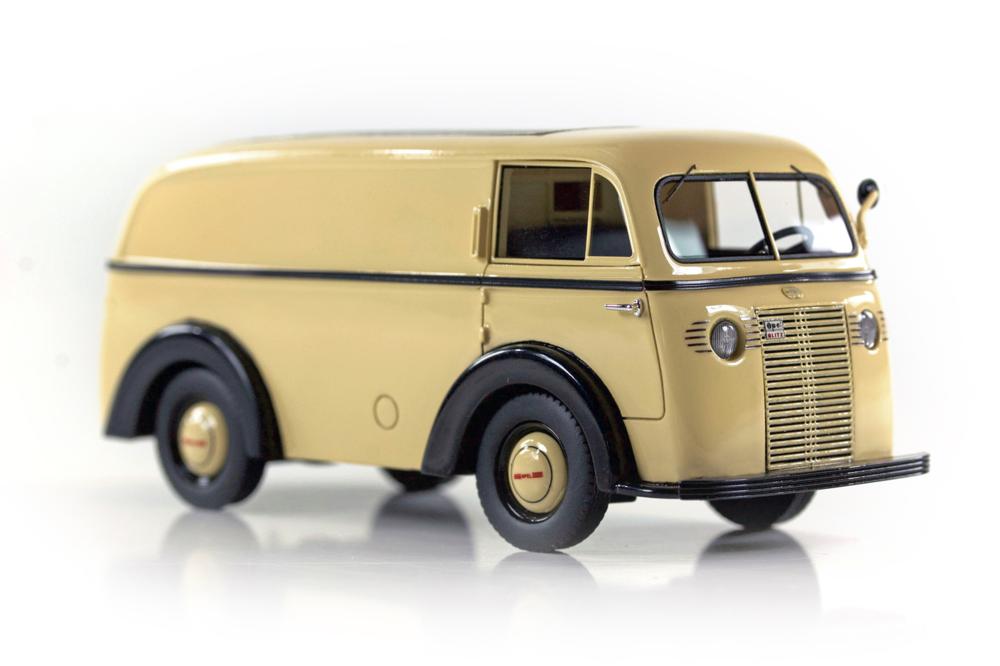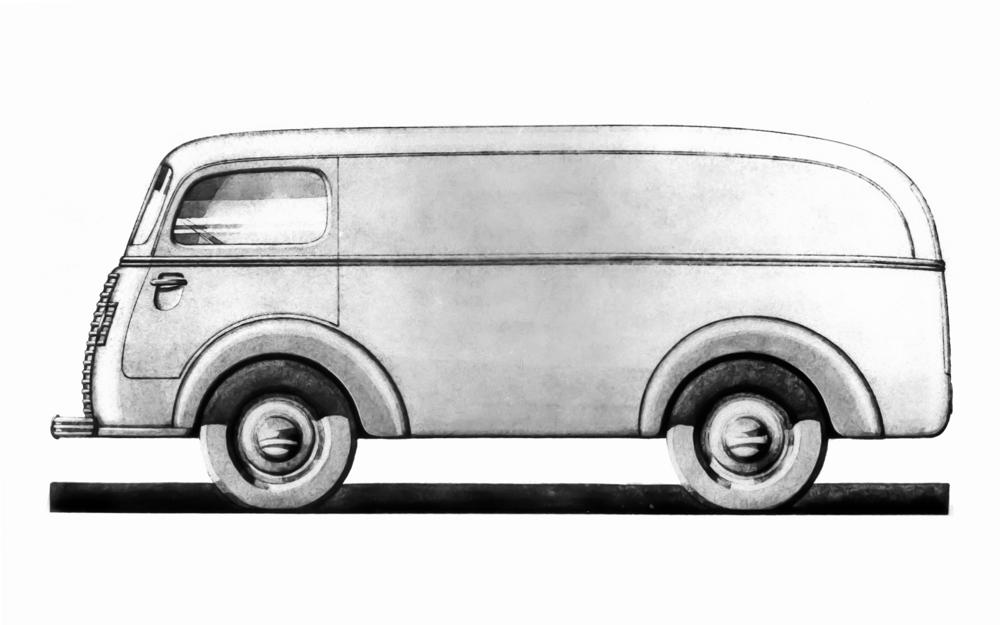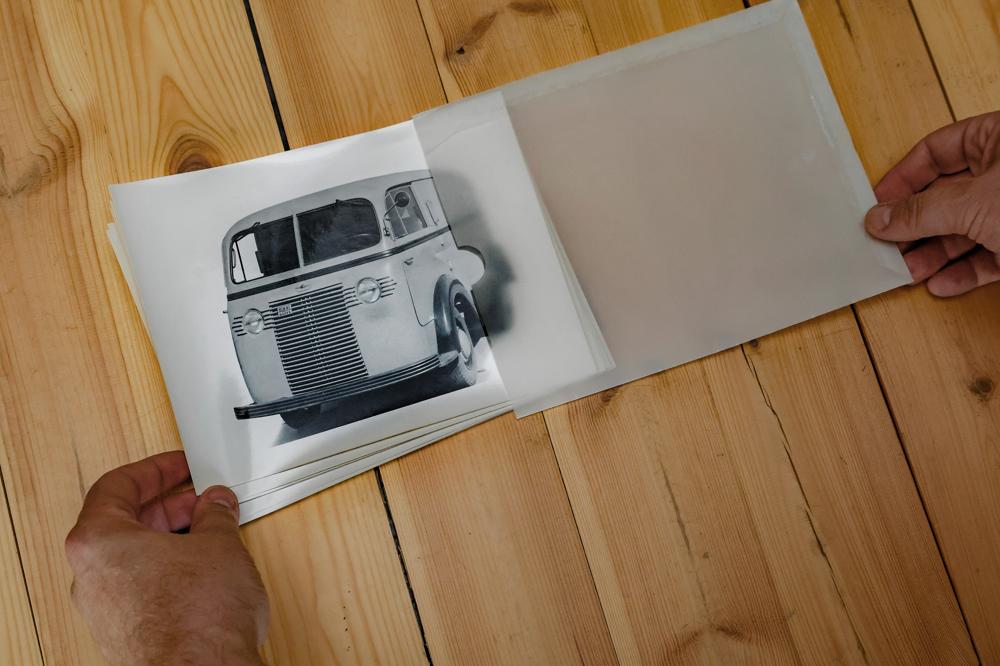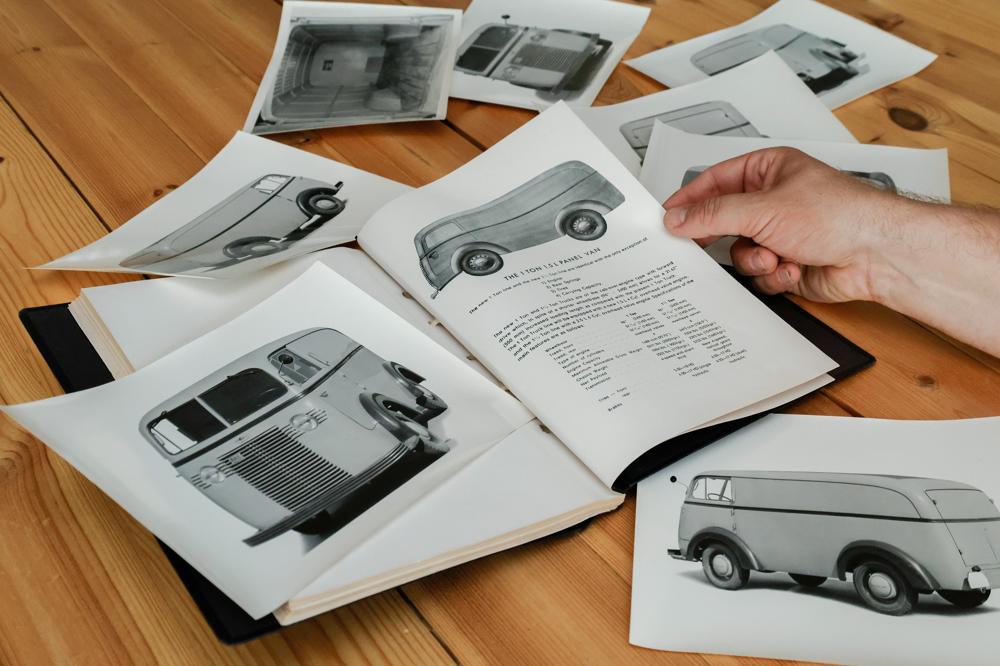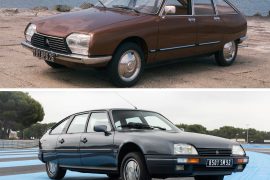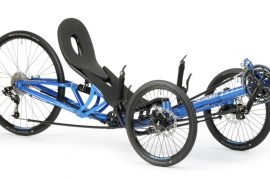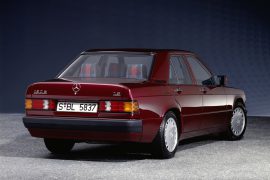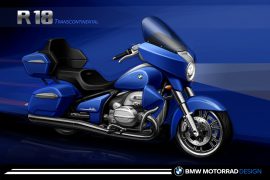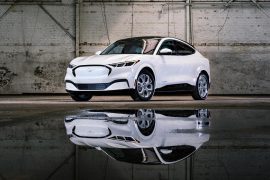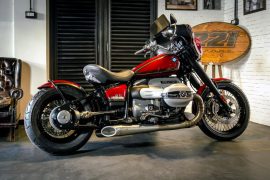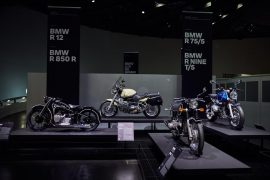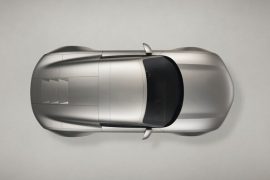MOBILITY/CLASSIC: The (almost) forgotten Opel project 1.5-23 COE: Lost photos of unknown Blitz transporter turned up
Photos of previously unknown Opel Blitz transporter turn up
Long lost: Photos show the (almost) forgotten Opel project 1.5-23 COE
Ahead of its time: Innovative front-wheel-drive van with Art Deco styling elements
Great tradition: Opel as a commercial vehicle manufacturer from Blitz to Vivaro and Movano
Rüsselsheim. Sensational finds are rare – and yet they do exist. At an auction, Opel Classic experts discover eight unknown photos of an Opel delivery van from the 1930s. At that time, Opel was the market leader in commercial vehicles with various versions of the legendary Blitz, but all of them had a classic body with a long bonnet followed by a driver’s cab. The previously unpublished set of pictures now proves: Opel had also developed a production-ready small van with a front-wheel drive design at that time – many years before the concept with a flat, non-protruding front spread worldwide and became today’s standard for light commercial vehicles up to the Opel Vivaro and Movano.
Opel Classic Director Leif Rohwedder is also thrilled by this find: „This is a bang for the buck in automotive history. The pictures were not available anywhere in the Opel archives. To the best of our knowledge, not a single publication has ever mentioned the vehicle. Knowledge of the unique prototype had been lost for decades.“
That is now to change. Those responsible at Opel Classic did not stop at „digging up“ the old photos, they had a miniature model of the prototype of the early van made – true to scale and in the colours of the time. In this way, the miniature Transporter is still a vivid reminder of what it really is – the forefather of modern commercial vehicles, with which everything began.
Ahead of its time: The Opel front-steer concept
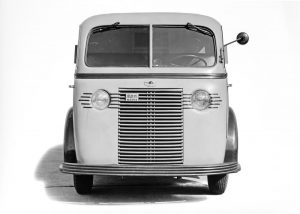
The eight historic photographs show a groundbreakingly designed compact Opel Blitz van that is obviously fully developed and ready to drive. The project name is noted in pencil on the back next to the stamp of the Opel photo department at the time: 1.5-23 COE. The numbers indicate the engine capacity (1488 cm3) and the approximate wheelbase (2400 mm). The abbreviation COE stands for „Cab Over Engine“.
This concept was innovative in the 1930s. Compared to the then widespread bonnet wagon design with its widely protruding snout, the cab-over-engine design ensured more compact external dimensions with the same amount of loading space. This benefits economy and manoeuvrability. The engine is located under or just in front of the seat.
Before the outbreak of the Second World War, the first corresponding vans were only on the market in small numbers in the USA, Germany and France. The only two German front-wheel-drive representatives from Goliath and Magirus were from the early 1930s and came with a spartan, cube-shaped driver’s cab. They were powered by two-stroke two-cylinder engines. Instead, customers of the time were used to cars with long bonnets, which were also successfully offered by Opel, the European commercial vehicle market leader at the time, in payload classes from 0.3 to 3.0 tonnes under the names „Lieferungswagen“, „Geschäftswagen“ and „Blitz“.
Progressive design: streamline and art deco for the eye of potential customers
Typical of Opel’s now 160-year history, the engineers and designers show even then what they mean by innovations that will become standard and available to all in the further course. Thus, they designed the body of the front-wheel drive lightning without frills and functionally. A basically streamlined design and the large smooth surfaces underline the modernity of the concept. The black contrasting mudguards are a reference to the existing Opel commercial vehicles and ensure a visually homogeneous appearance of the model range. The car gets its progressive character from the striking front with Art Deco trim elements. They emphasise the horizontal line without exception and give the commercial vehicle a modern and friendly face. A van with a sympathy factor – a completely unusual sight at the time. Incidentally, the Art Deco style was in vogue on all Opel cars at the end of the 1930s: on the Kadett and Olympia models as well as on the Super 6, Kapitän and Admiral.
Modern engine, proven technology: Opel engineers draw on a wealth of resources
The inner values of the Transporter are based on Opel’s many years of experience. The engineers from Rüsselsheim can draw on components from other models – such as the brand-new 1.5-litre four-cylinder engine of the Olympia or the axles of the proven Blitz one-tonner. Apart from the partition wall, load floor and part of the roof, the body is of advanced all-steel construction.
Not much is known about the technical details of the Blitz 1.5-23 COE. However, after an intensive search in the Opel archives, the Opel Classic experts did find a document in which the vehicle is mentioned: an English-language information brochure for the 1937 model year. In addition to the chronology and some key data, it can be seen that, in addition to the one-tonne version shown in the pictures, there was also to be a 1.5-tonner with six-cylinder and twin tyres.
In addition, the photo find has now also made it possible to assign five profile drawings located in the Opel archive. In addition to the van, they also show platform trucks – and a 15-seater minibus variant of the Blitz 1.5-23 COE.
Too advanced too soon: it remains a prototype
The reasons why the advanced Blitz one-tonne delivery van did not go into series production were probably to be found in Germany’s preparations for war in the second half of the 1930s. Light commercial vehicles were classified as not important for the war effort, and Opel had to reckon with a forced discontinuation of the vehicle. The Blitz one-tonne with bonnet, which had been offered since 1933, was then also taken off the market in 1940 by order. Vehicle production resumed in the second half of the 1940s with the only slightly modified pre-war models Olympia, Kapitän and Blitz 1.5-tonner. And from the 1950s onwards, Opel then successfully concentrated on the development of passenger cars and initially set its corporate priorities here.
BRAND: Opel Automobile GmbH
virtualdesignmagazine Michael Hiller

